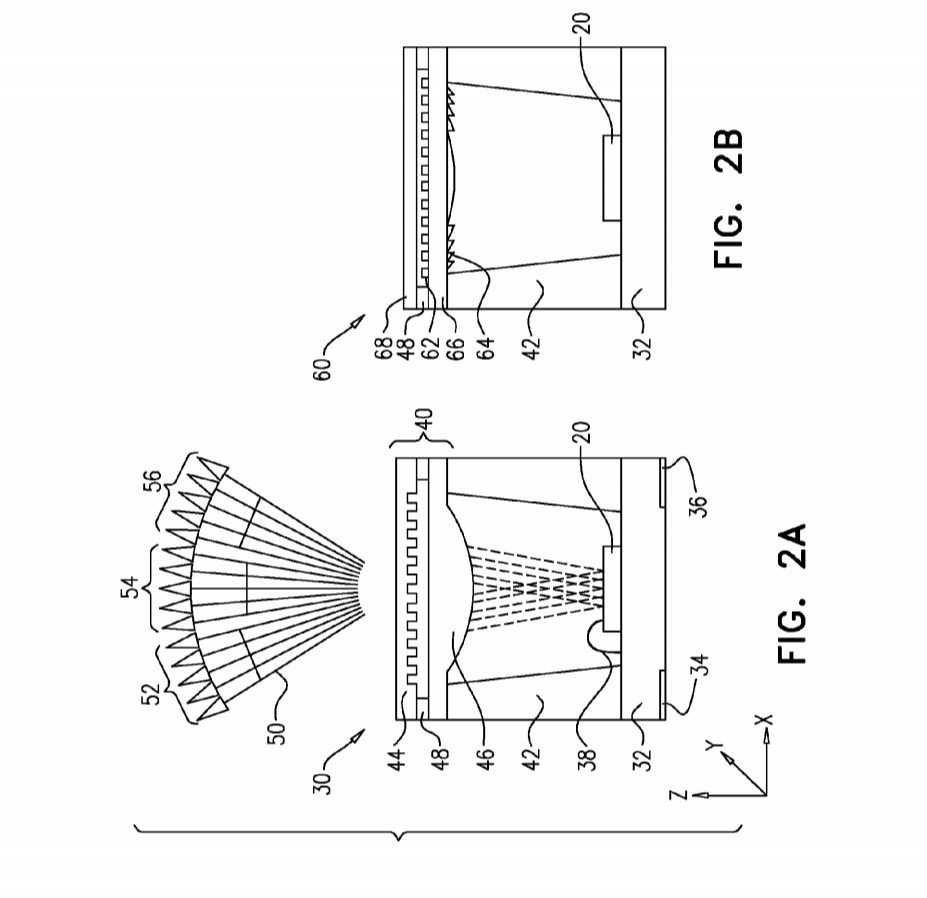Apple’s Integrated structured-light projector will change how we take and edit photos

Sci-Fi buffs will recall the Esper Photo analysis scene in the 1982 cult classic “Blade Runner”, in which android hunter Deckard (Harrison Ford) uses a sophisticated Esper machine, to analyze a small photograph with formidable(and hardly realistic) detail, to a point where the machine seems almost capable of showing details hidden behind objects featured in the photograph, as if they were three-dimensional.
A patent awarded to Apple and recently published as Integrated Structured-Light Projector, describes a method of image capture that is vaguely reminiscent of the Esper machine’s capability, by means of pairing a small projector component next to the camera of an iPhone or an iPad, which would beam out a grid on the objects being captured, to generate a 3D model inclusive of a wealth of information that a 2D image simply could not gather.
The three-dimensional grid would be completely invisible to the human eye, which means that taking 3D photos with a future iPad will not cause the user to blanket their subjects with luminescent grids like a 1980s science-fiction flick, but the advanced features of this invention will be invaluable to photographers, such as the ability to re-focus an image after it’s captured, as well as editing light sources, and even adding foreign elements to the photo, with proper shadows and light information. This technology would mean endless possibilities, and radically new methods of editing photographs for both consumers and professionals.
3D photography is not new, but the approach taken so far, by applications like Autodesk 123D Catch, offers a glimpse of what one can achieve by increasing the amount of information gathered when taking a photo, which can be used to do a variety of things, from generating a model to be 3D printed, to creating virtual walkthroughs and interactive 3D views of objects and places, with far more detail than we would get from the average 360 degrees panorama.
Rumor has it that the patent could result in an actual feature to be included in the upcoming iPhone 7, and possibly future releases of the iPad Pro, with a strong possibility that Apple might use the technology to add facial recognition as a way to unlock devices, aside from Touch-ID, in a similar way as Intel RealSense 3D cameras do with Windows Hello.